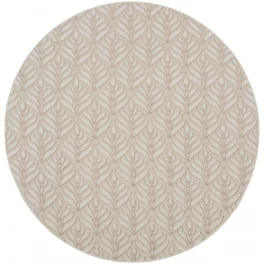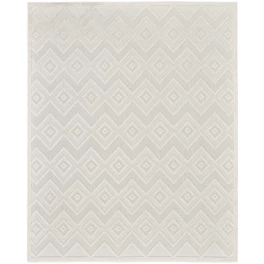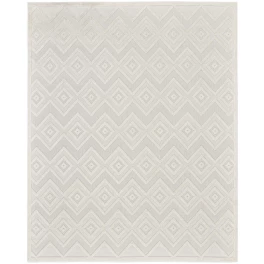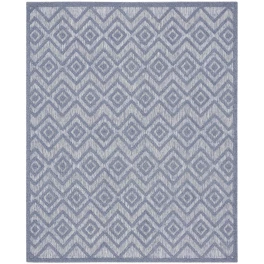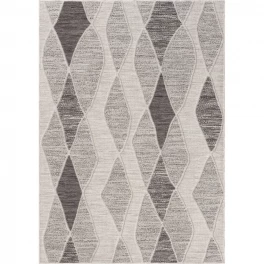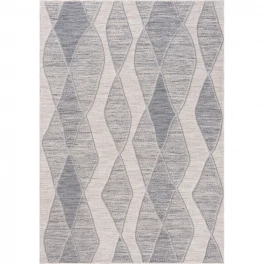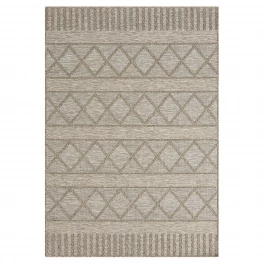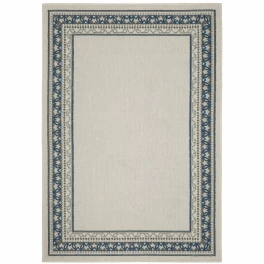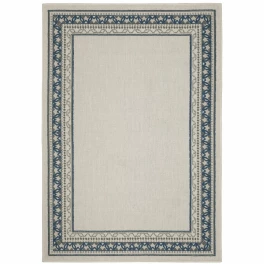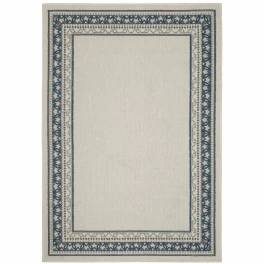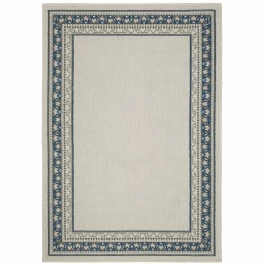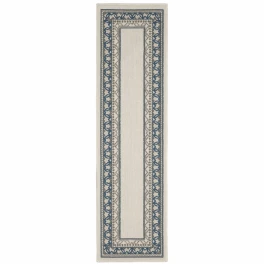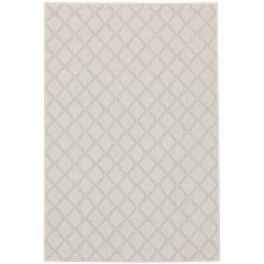Moving into a new home is exciting. Whether you are just starting out or you are starting over in a brand-new place, getting to create a space that is uniquely your own is enjoyable. Unfortunately, it can also be a bit overwhelming. Don’t worry, though; our guide will help you design the home of your dreams.

Photo by Sunny studio on Shutterstock
Establish a Budget
Whether funds are tight or you have money to burn, it’s important to establish a budget before you get started. Figure out exactly how much you can afford to spend and be realistic about your goals. If you can’t afford to decorate your entire home at once, settle on starting with the room that is most important to you.
Determine What You Like
A lot of people don’t have a clear picture of their likes and dislikes. While, of course, they have preferences, they don’t necessarily know how to articulate what they prefer. Spend some time flipping through interior design magazines, watching your favorite home makeover shows, or even browsing Pinterest for inspiration. Save your favorite images to refer back to later. Once you have collected several, look back through them to discover common denominators, such as furniture styles, color palettes, etc.
Measure Absolutely Everything
You might not realize it, but having measurements for everything in your space before you start shopping could save you a lot of hassle. (You’ll also need those measurements for our next tip, but we’ll get to that later.) Measure the size of each room that you plan on redecorating. Measure the width of doorways, windows, stairs, and hallways that lead into the area. Measure how high your ceilings are. If something can be measured, having too many measurements is a lot better than having too few.
Create a Rough Floor Plan
We know, we know. Sketching out a floor plan is nowhere near as fun as heading out and shopping for new things for your home. Taking the time to do so is extremely important, though. Thanks to a variety of online floor plan programs, this part is a piece of cake. Use the program to lay out the floor plan of your entire home or a single room, and then use a variety of furniture templates to determine exactly how different pieces will fit in your home.
If you have your eye on a specific sofa or another large piece, find out the exact measurements. This will allow you to see exactly how well it will work in the space you have—and how it will fit through the doors.

Photo by Syda Productions on Shutterstock
Settle on a Color Palette
A good color palette is the foundation of any successful design. Some experts recommend creating a color scheme based on the color of the existing floor, but this doesn’t work if you are replacing the floors, of course. Another option is to start with a piece of art. Really, though, the best method of selecting a color palette is to find a piece that you really love.
Have a rug that you really love? Use that for inspiration. Have a unique sofa that you don’t want to replace? Use that. Draw inspiration from a piece of your own artwork, a pair of curtains, or anything else that you absolutely love.
Invest in the Right Furniture Pieces
Large furniture pieces serve as the focal point in just about every room. These pieces are also ones that you are likely to hang onto for several years, so it only makes sense to get good ones. Even if you don’t plan on keeping something forever, there is a good chance that today’s master bedroom suite will one day be moved into the guest room, and the living room sofa will eventually be retired to a college dorm or a basement rec room.
One piece you can never go wrong with is a nice, high-quality leather recliner. Whether you place it in the living room, a reading nook, or even in your bedroom, it will likely become one of the most popular pieces in your entire home. They are available in a huge range of styles and can be upholstered in any color imaginable. As a result, they serve as excellent focal pieces. Of course, you can also buy them in neutral colors that complement the rest of your color scheme.

Photo by Photographee.eu on Shutterstock
Don’t Purchase Matching Pieces
Unless you want your home to look like a furniture store showroom, avoid buying an entire collection. Instead, choose unique pieces that coordinate but do not match perfectly. This makes your space more personal and is one of the big secrets of great design.
Know When to Skimp
Certain things, like major furniture pieces, are worth investing a significant amount of money on. Others … not so much. If you are working on a tight budget or you would just like to have some cash left over when you’re done decorating, there is nothing wrong with skimping on accessories. Things like throw pillows, lamps, and even artwork are inexpensive at places like Marshall’s, T.J. Maxx, and even Walmart. The best part? If you mix cheap items with more expensive ones, no one will ever know.
You can also find great deals and save yourself some money by buying second-hand items. Visit a local antique store, check out thrift stores, and spend some time perusing your local flea market. You are likely to find some really great items at a fraction of the regular price.




